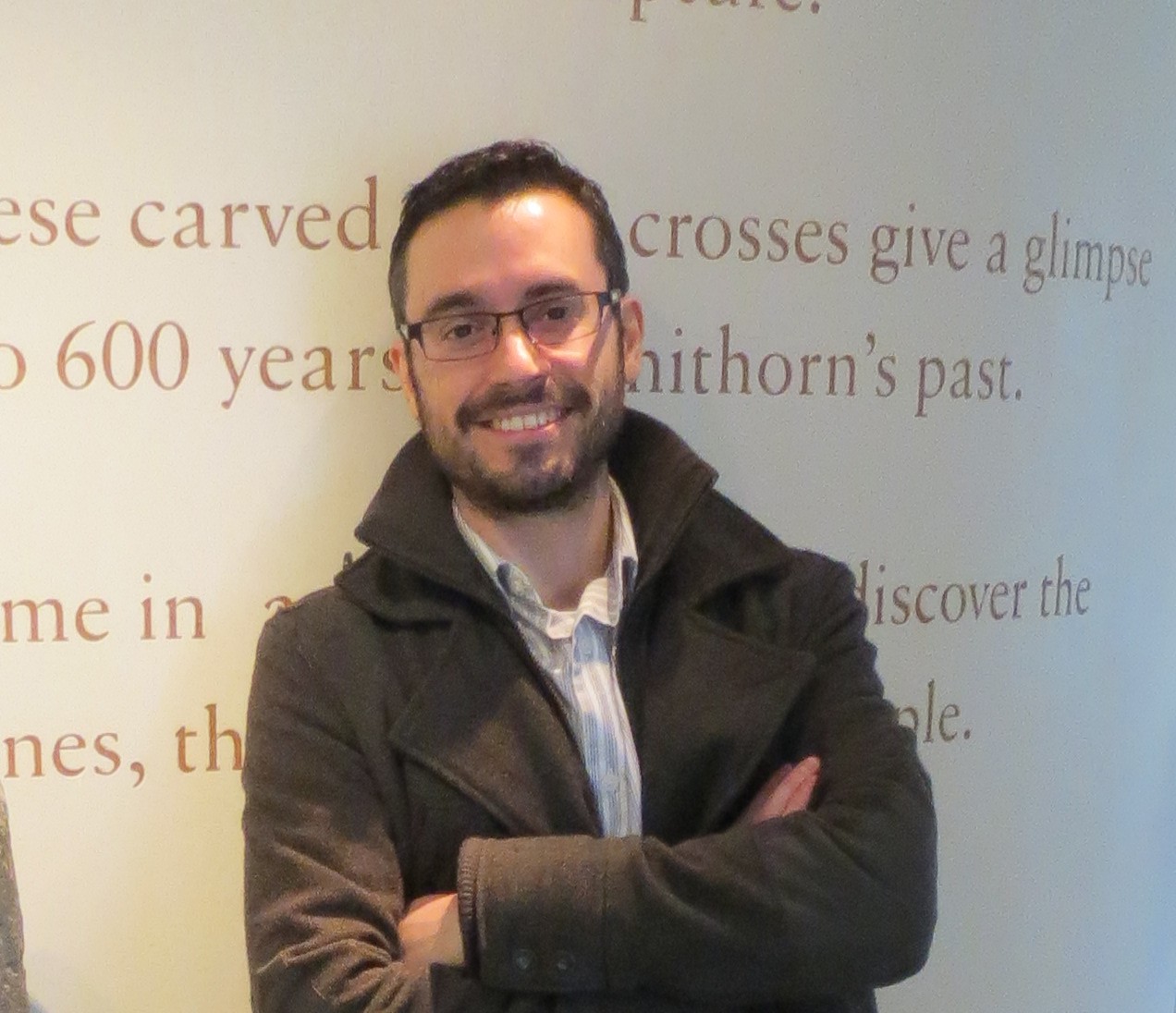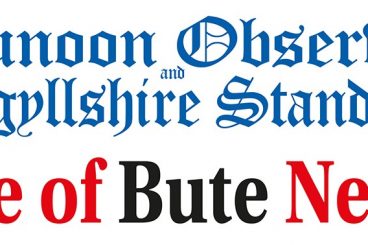AS PART of the Bute Museum’s winter programme of talks, there was a recent presentation by Dr. Adrin Maldonado, an archaeological researcher with the National Museum of Scotland who is currently investigating the Galloway Hoard.
Dr. Maldonado captivated attendees with his extensive knowledge of early Christianity and the Viking age in Scotland.
He invited the audience to re-examine the introduction of Christianity to the southwest coast of Scotland from a fresh perspective. By employing current evidence and research, Dr. Maldonado has applied new insights to long-standing archaeological finds.
It has long been believed that missionaries from Ireland brought Christianity to Scotland during the fifth century. However, archaeological discoveries have revealed Christian artefacts in Scotland dating as far back as the third century. The influence of Roman Christians along the Scottish borders fostered an early awareness and gradual adoption of Christian beliefs well before the arrival of Irish monks. Among these finds was a hoard of Roman silver in East Lothian, which included a jug depicting scenes from the Old and New Testaments. This hoard is thought to have been abandoned at the beginning of the fifth century, and evidence suggests that a Christian community existed at Whithorn in Galloway even before St. Ninian established the earliest known church in Scotland in 397 AD.
Bute gradually emerged as an important Christian site. It is known that Kingarth, now referred to as St. Blanes, was significant enough to warrant its own bishop. By the end of the sixth century, the monastery there had developed a vibrant Christian community. Similarly, Inchmarnock housed a well-established monastery where children were taught to read, write, and learn Latin and Irish. Excavations uncovered 34 carved stones alongside exquisite glassware, ceramics, and amulets that attest to the monasterys wealth; several of these artefacts are now housed in the Bute Museum.
Many monasteries, including St. Blanes and Inchmarnock, were abandoned for extended periods following Viking raids. A flat, etched stone discovered on Inchmarnock recorded one such raid. Known as the Hostage Stone, it portrays a scene in which a Viking raider leads away a monk carrying a reliquary, while other figures clad in chain mail and cross-hatched leggings are depicted. The monk is shown being taken to a Viking ship, with oars at the ready.
The stone is currently on display at the British Museum as part of the Silk Roads exhibition, though it is expected to return to Bute in due course.
Dr. Maldonado demonstrated how new research and archaeological evidence are reshaping interpretations of the origins of early Christianity in this region.















